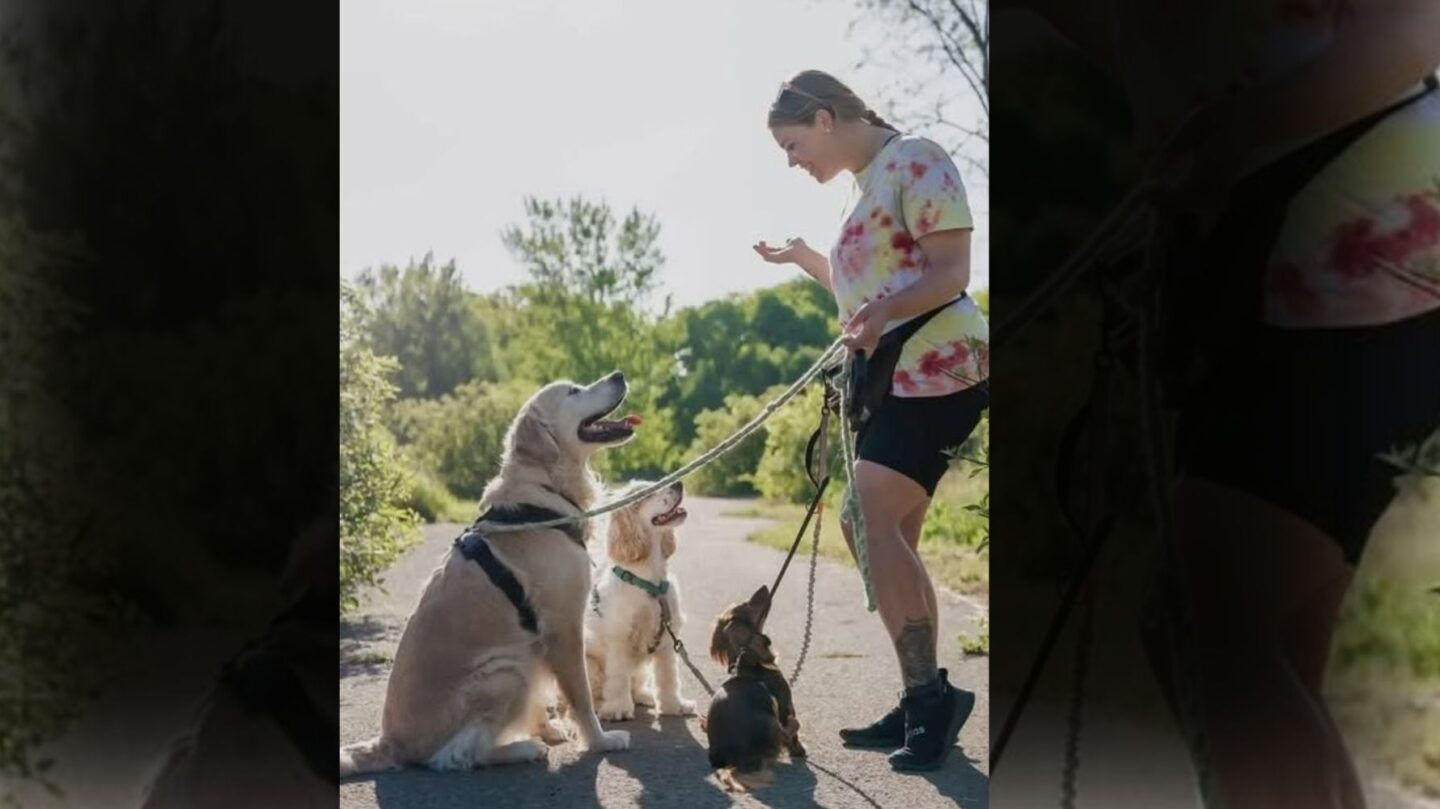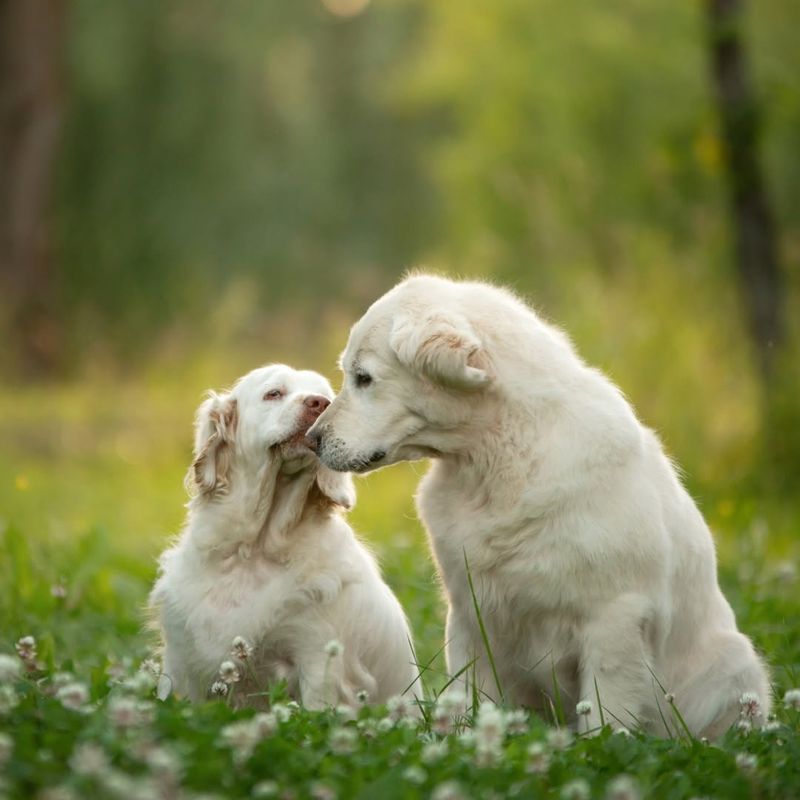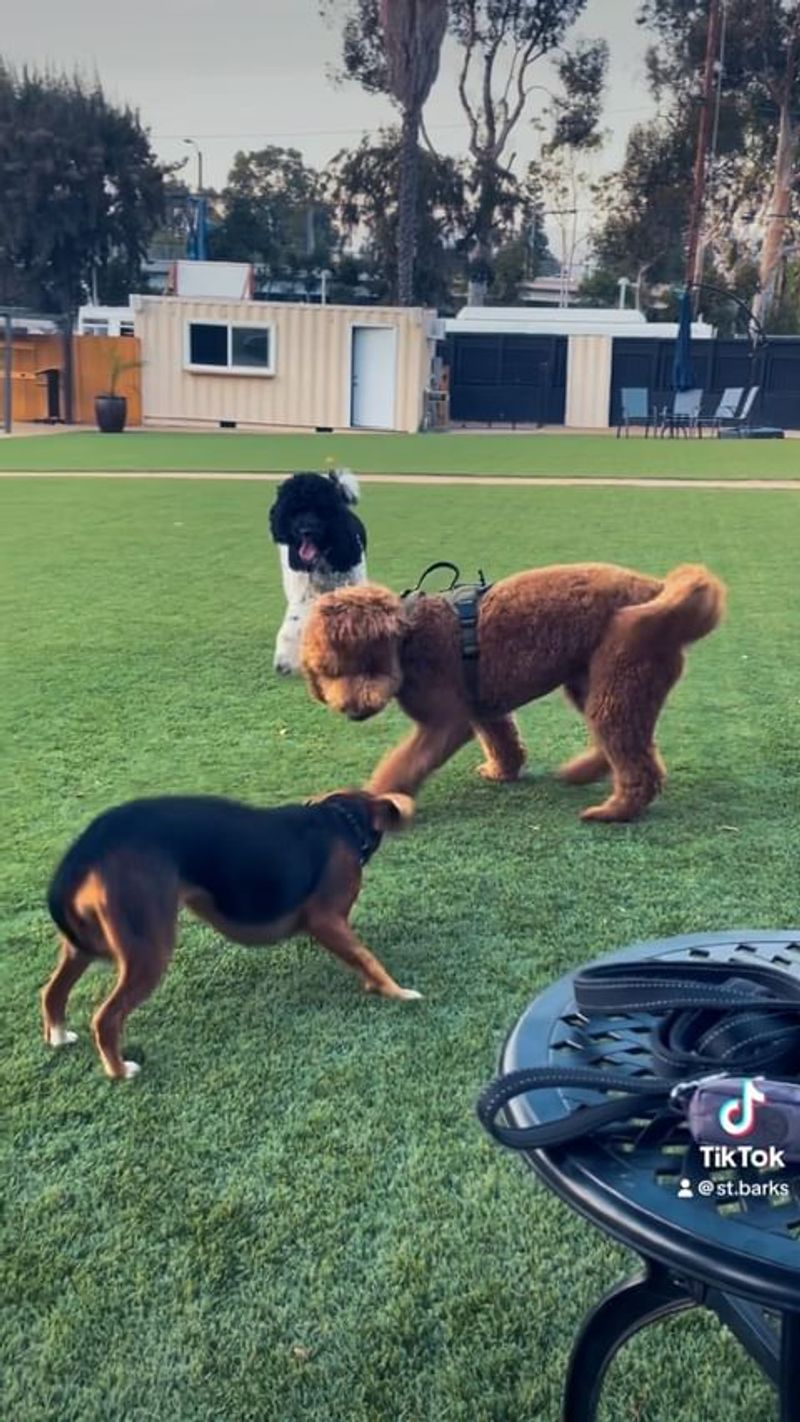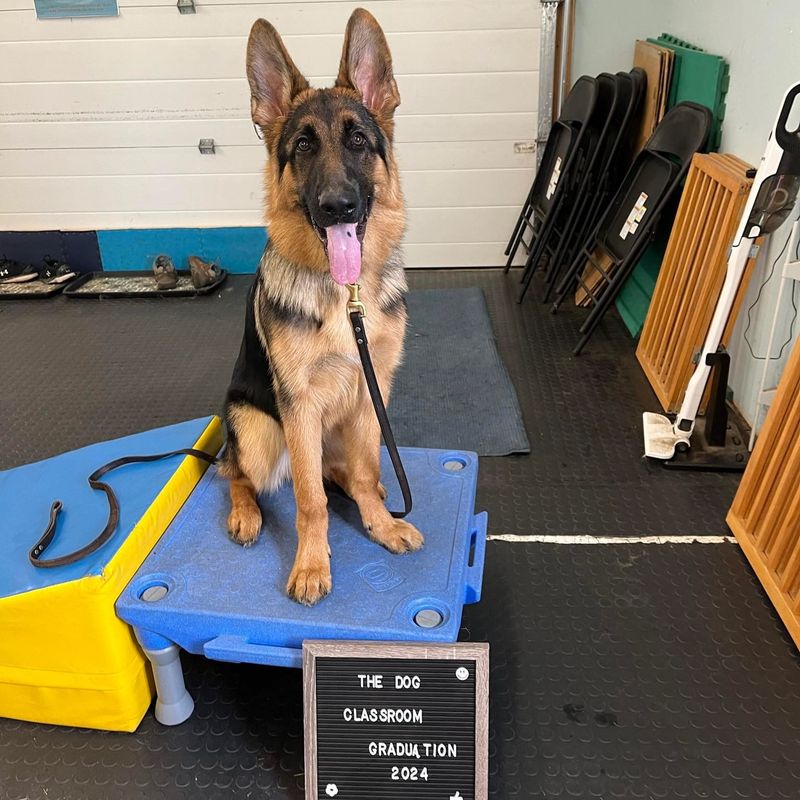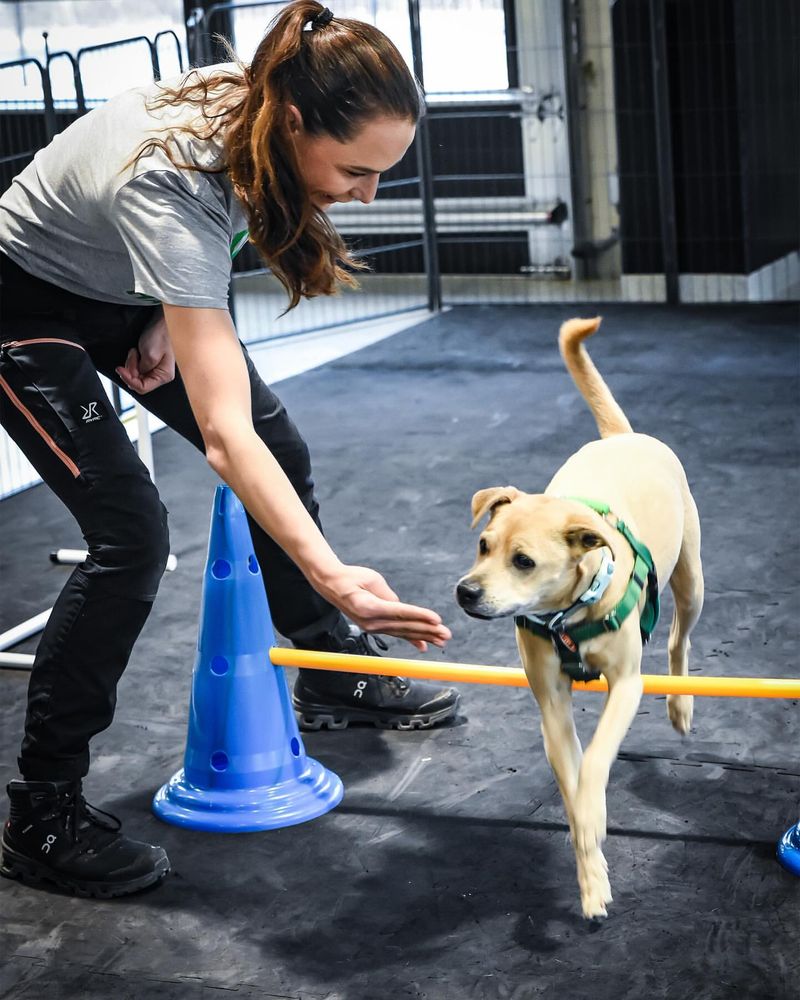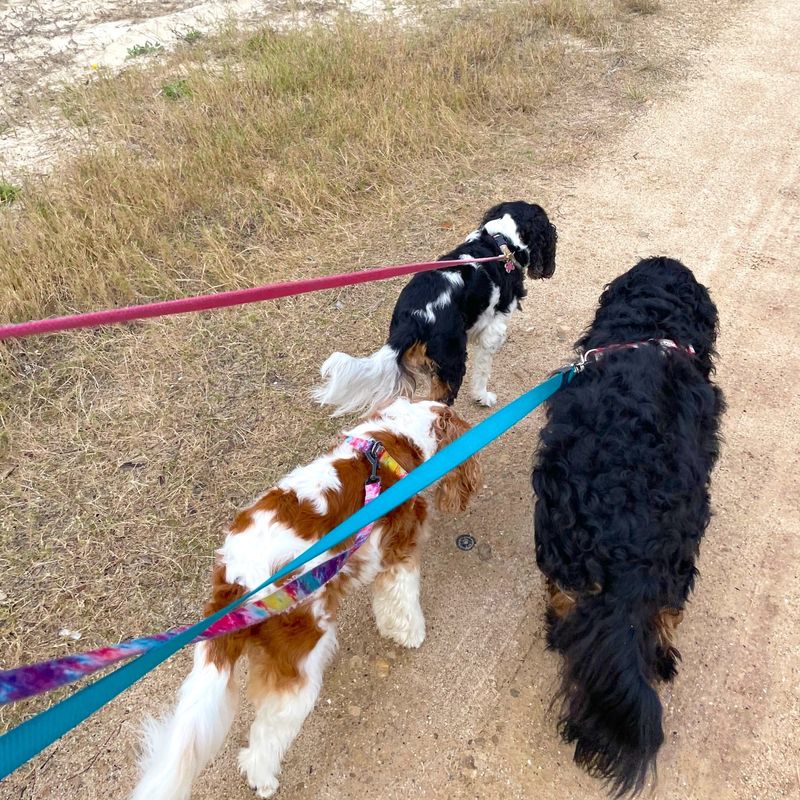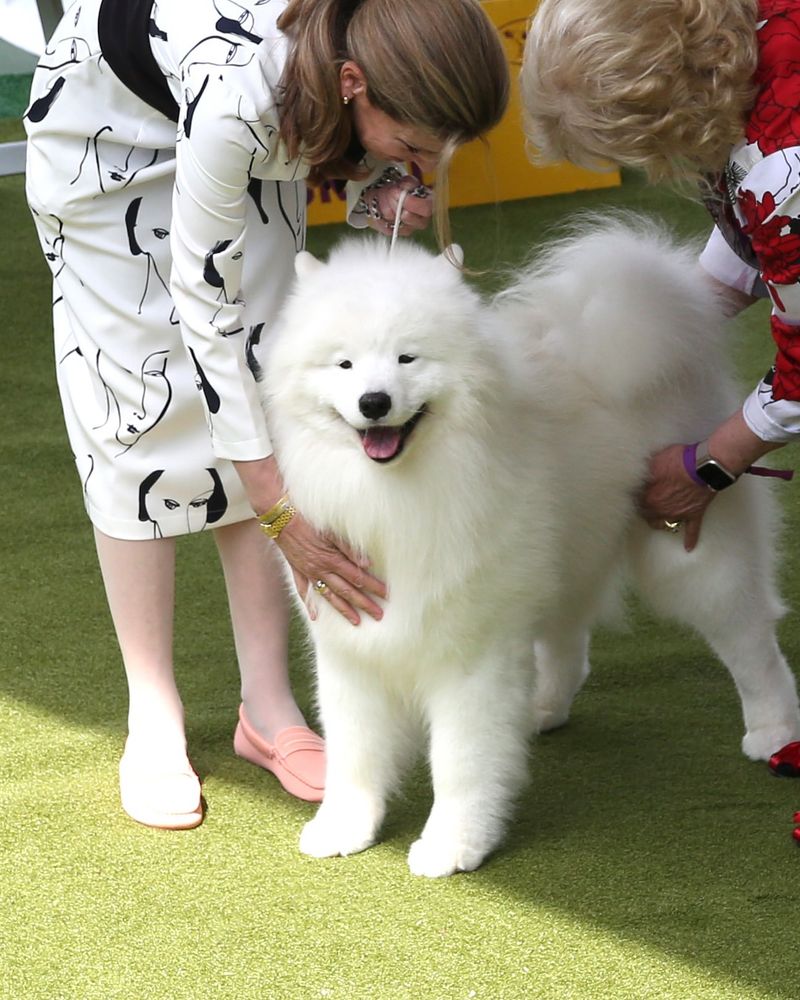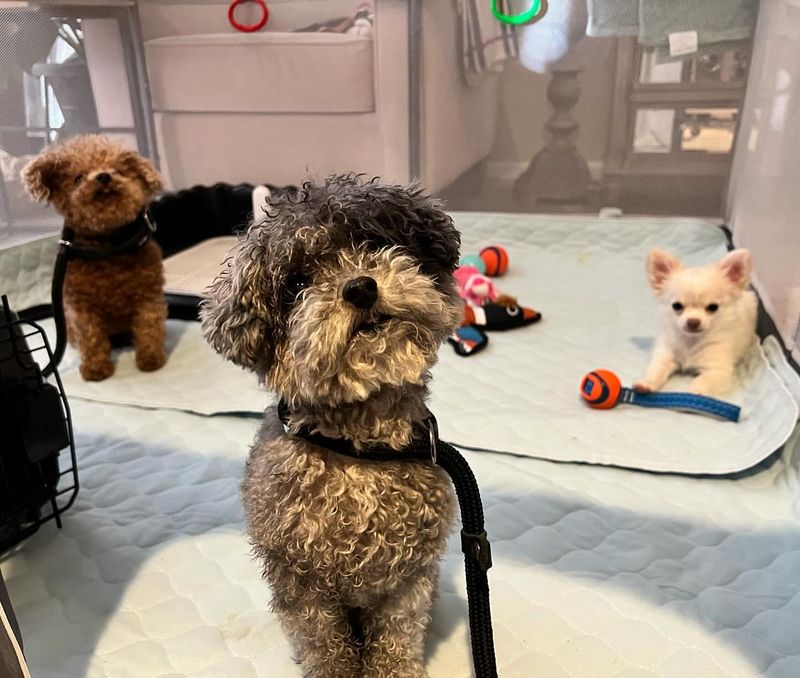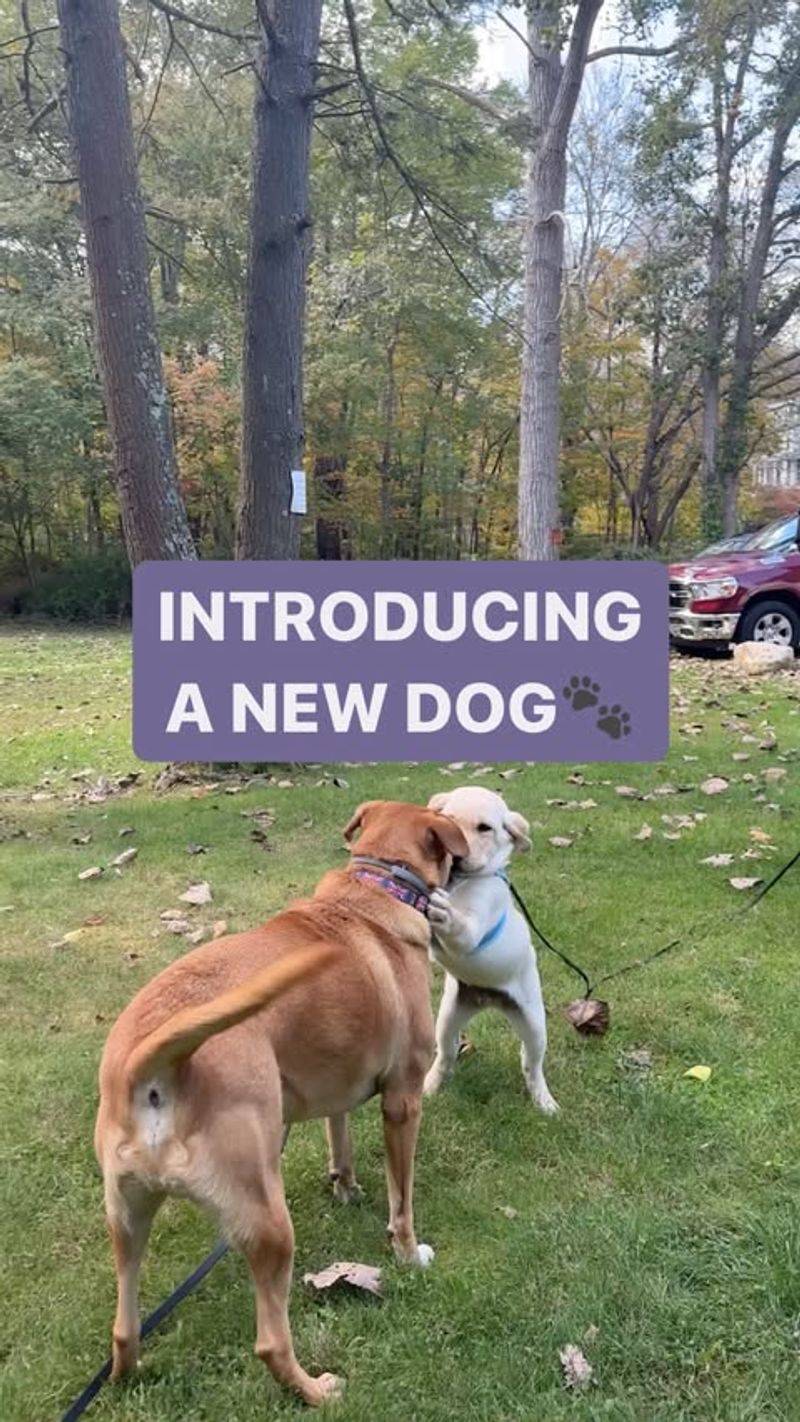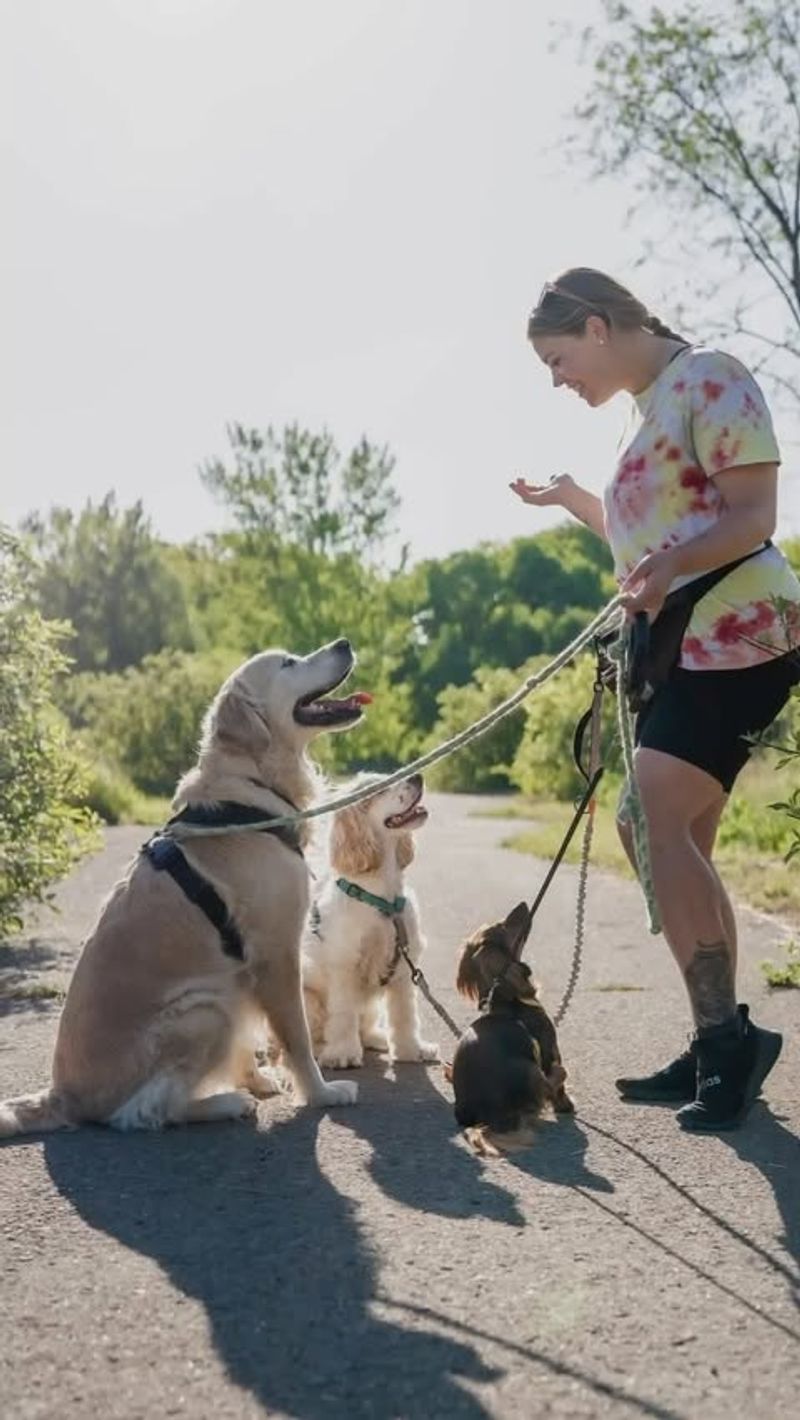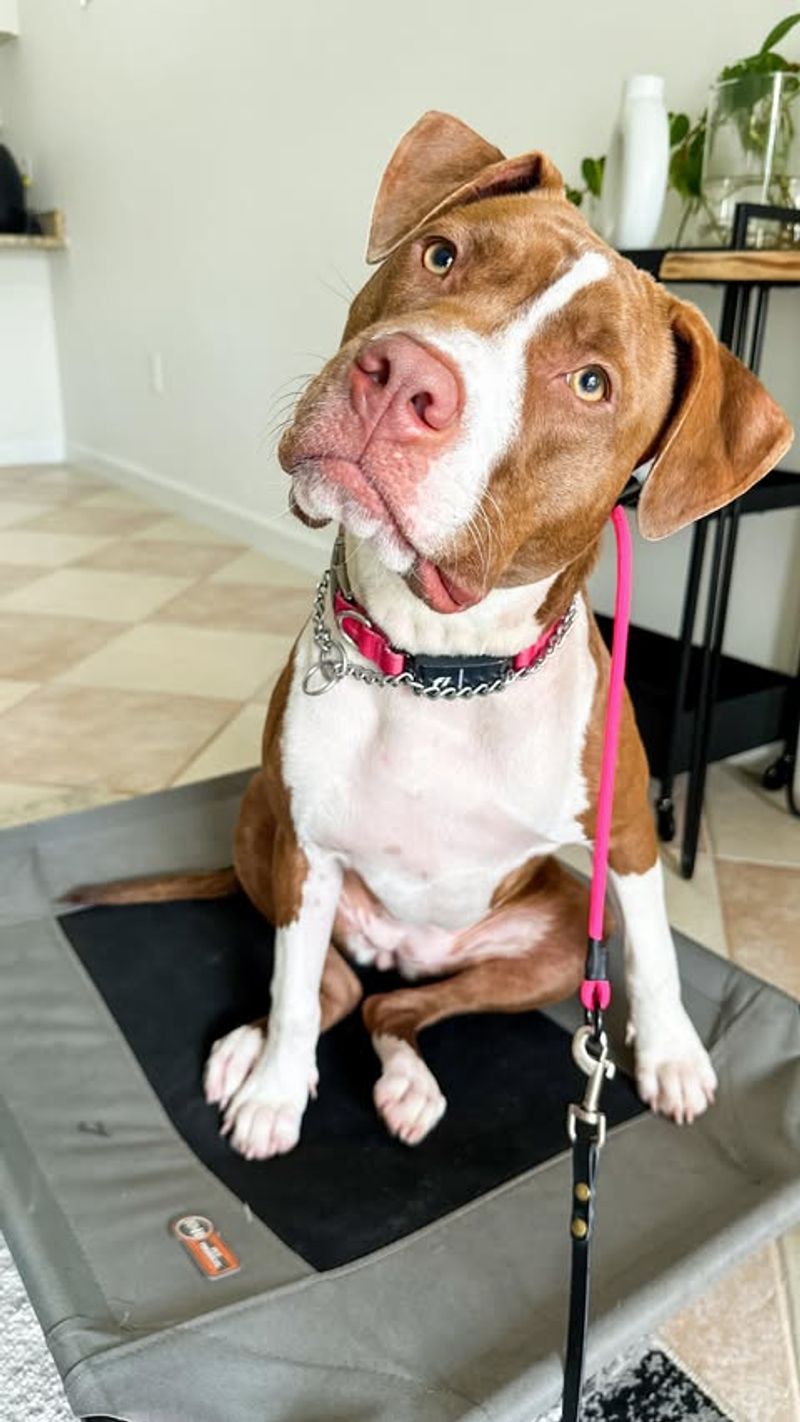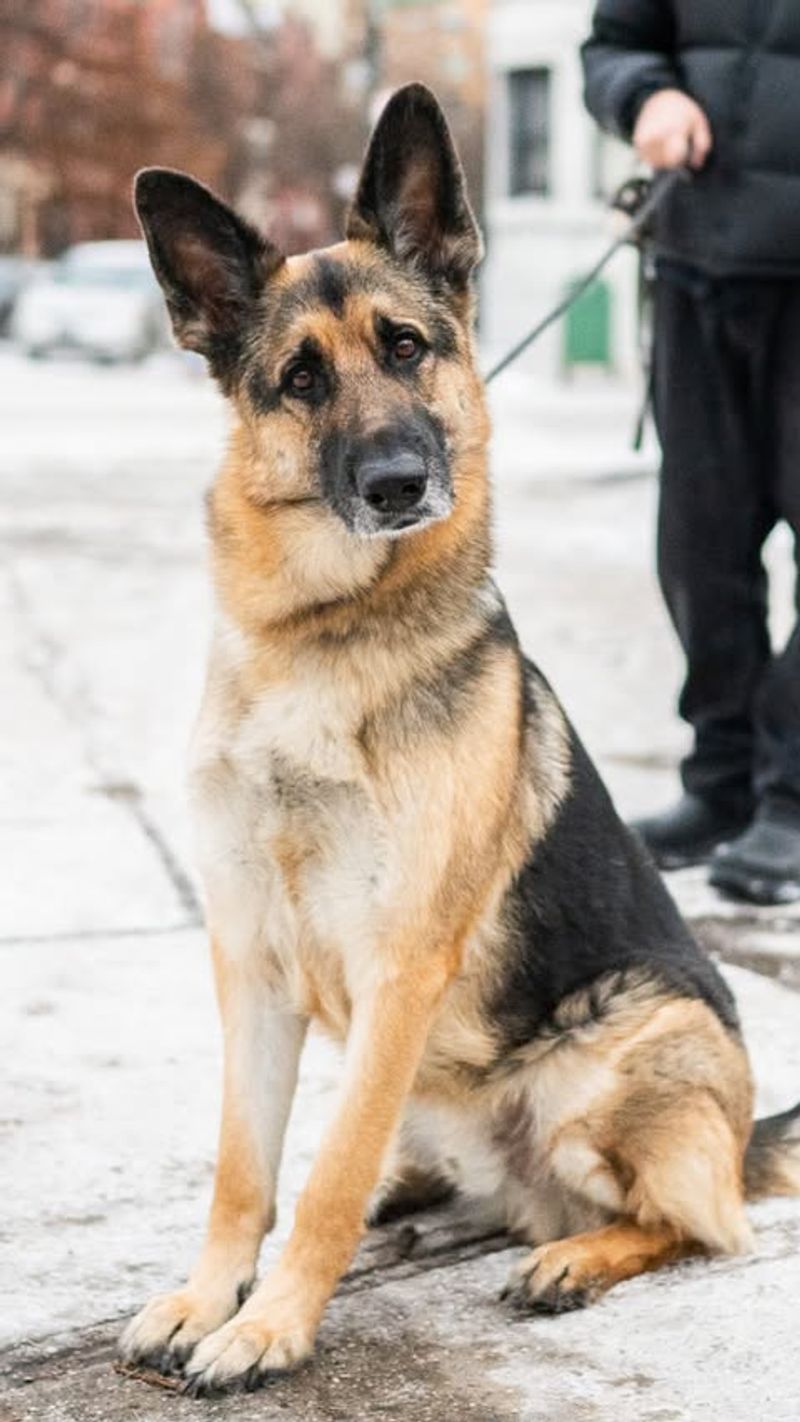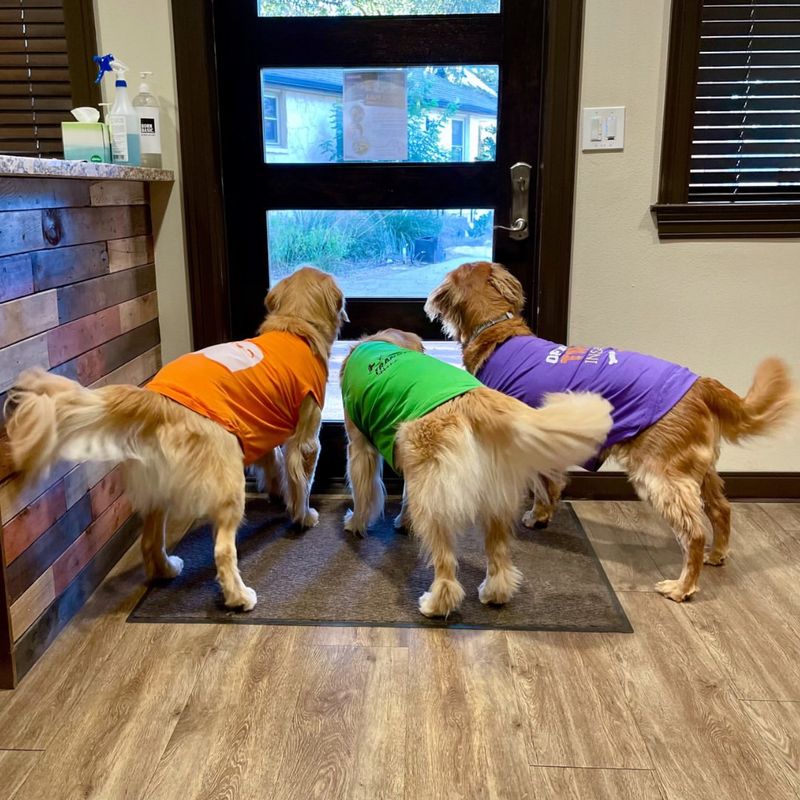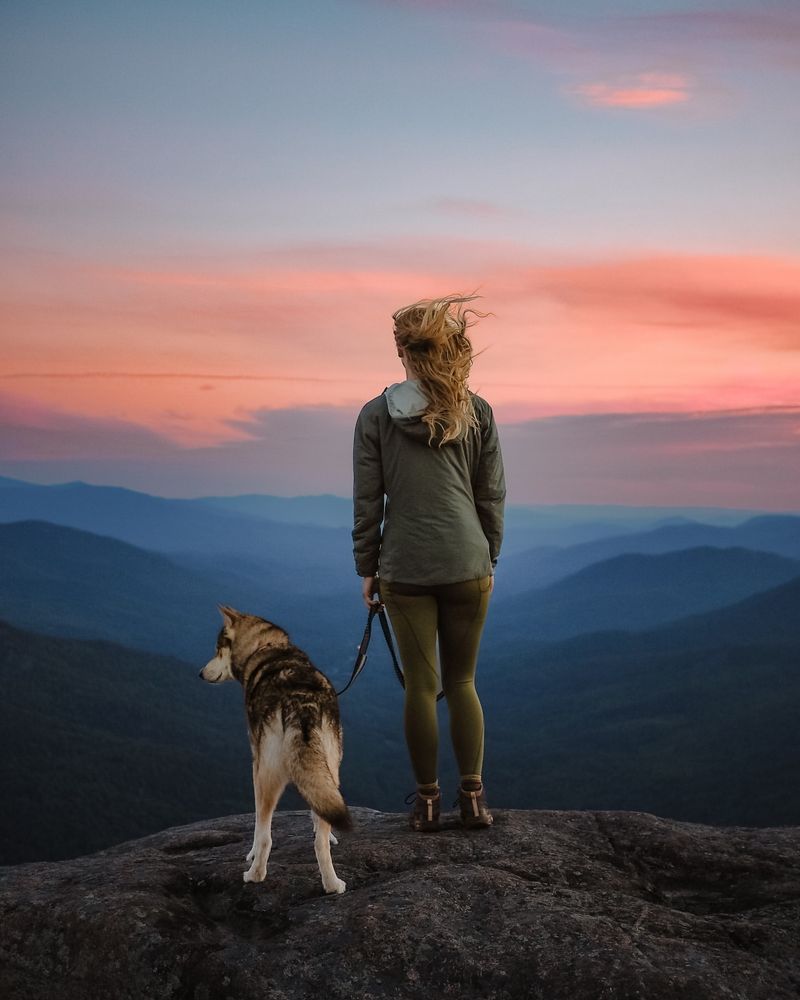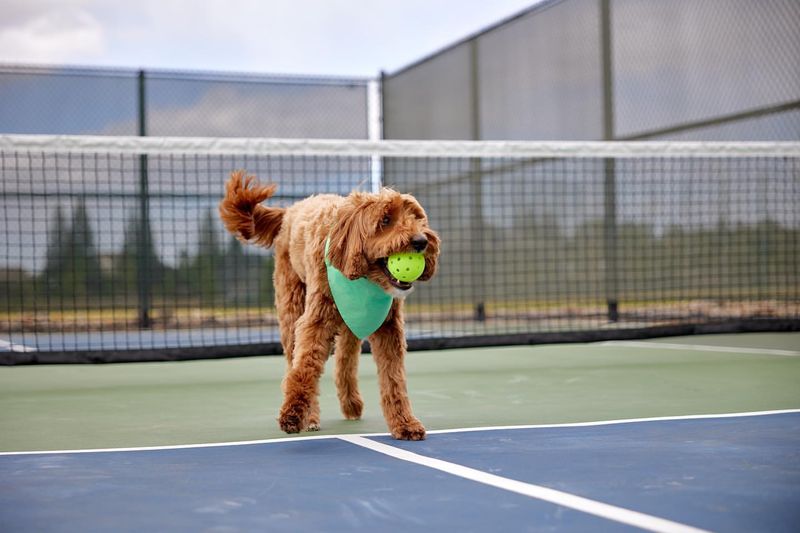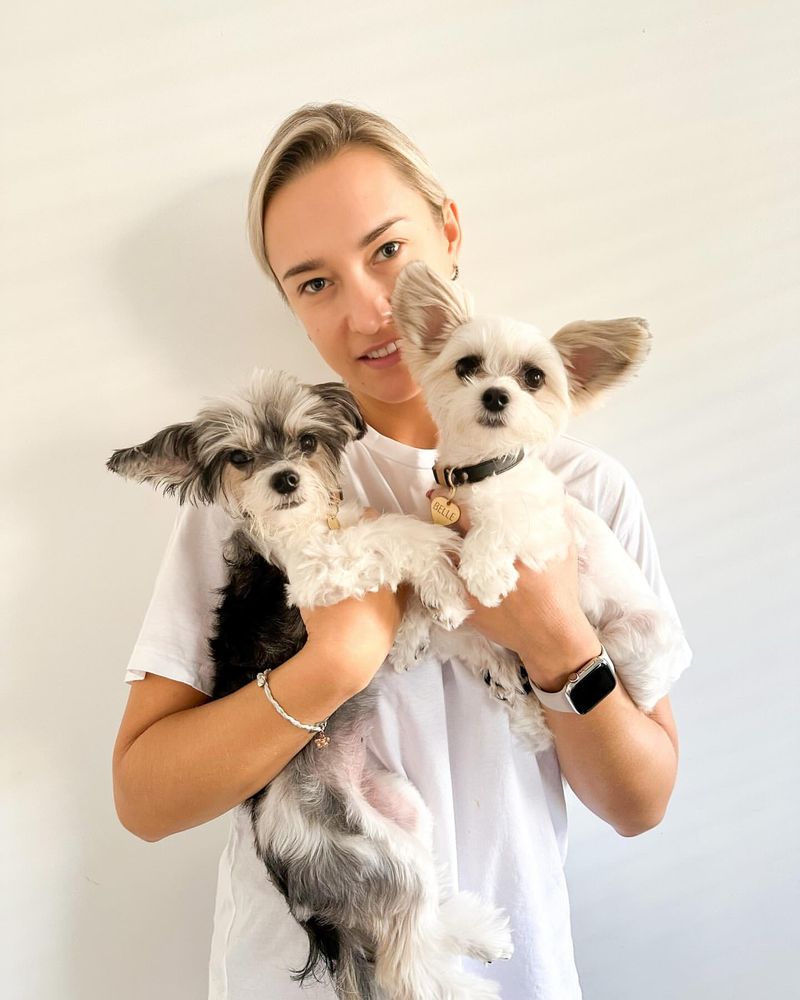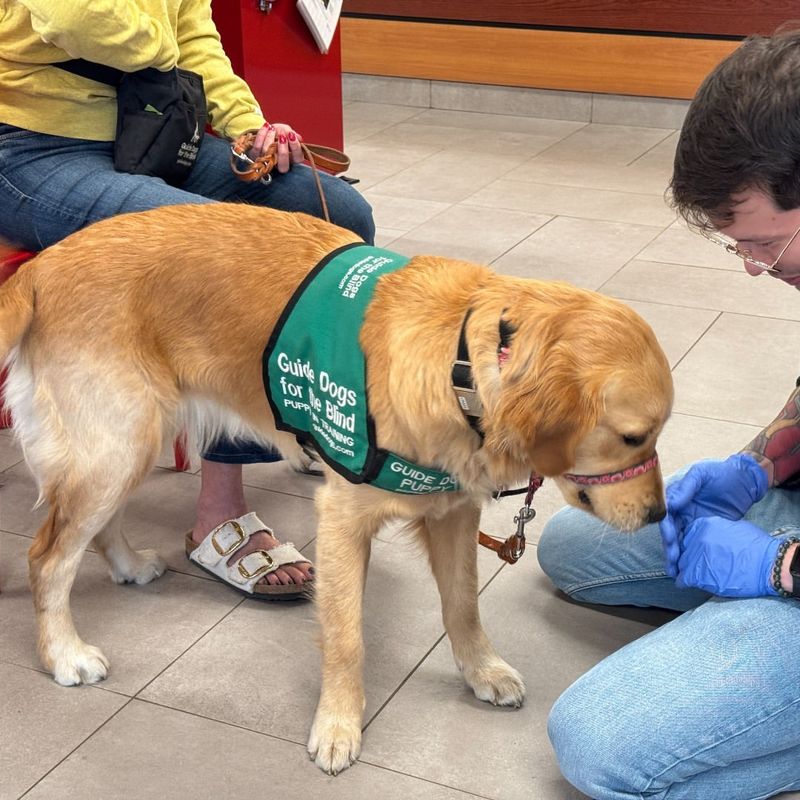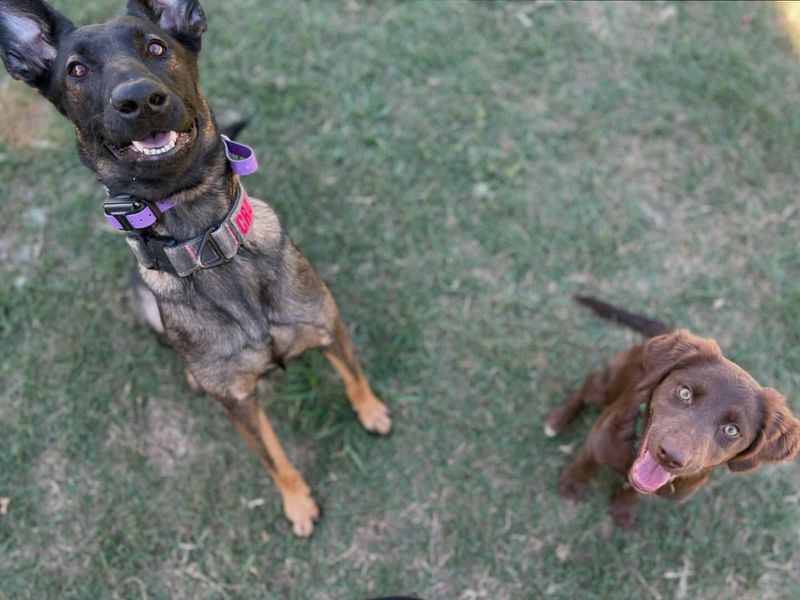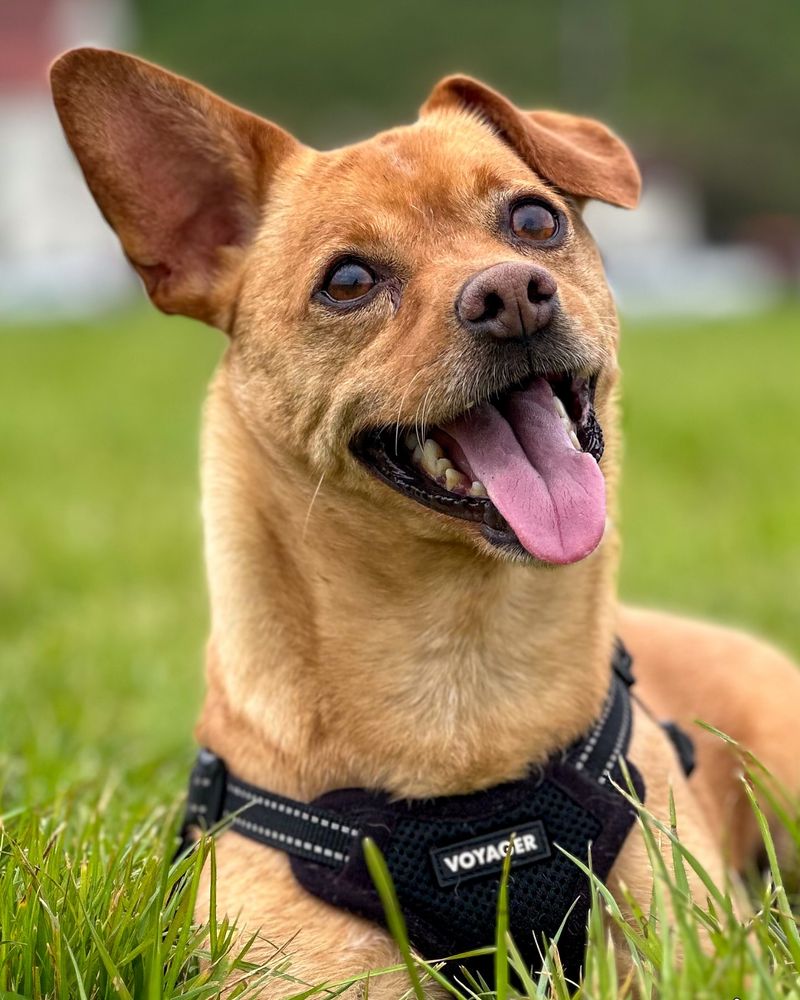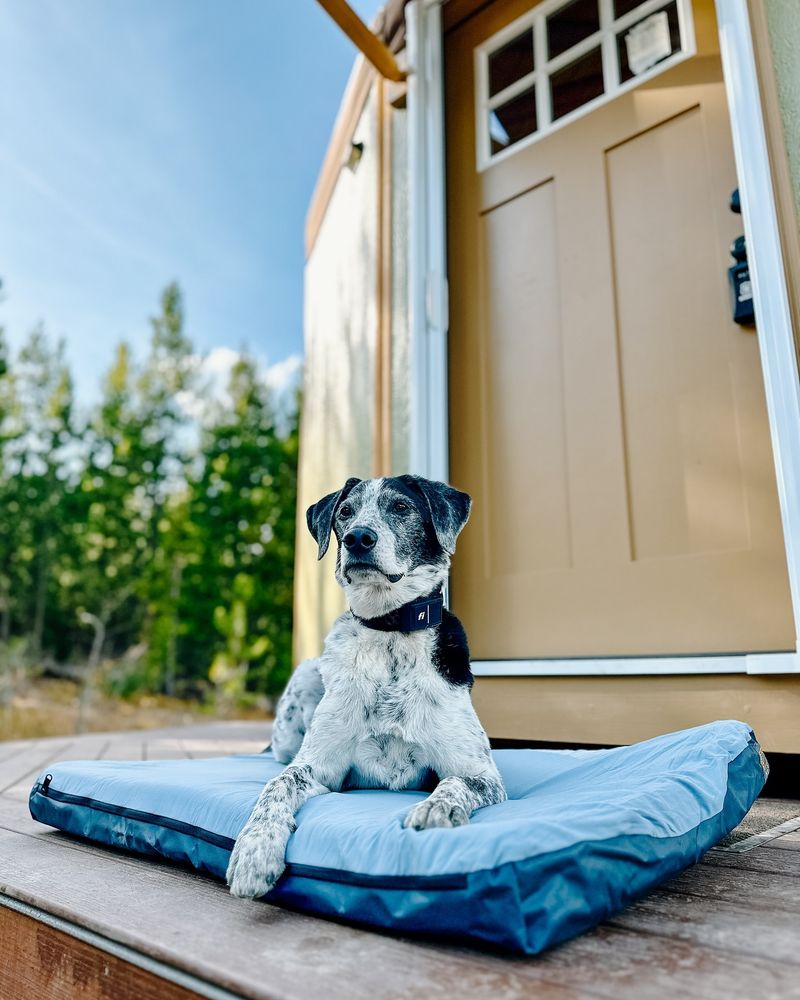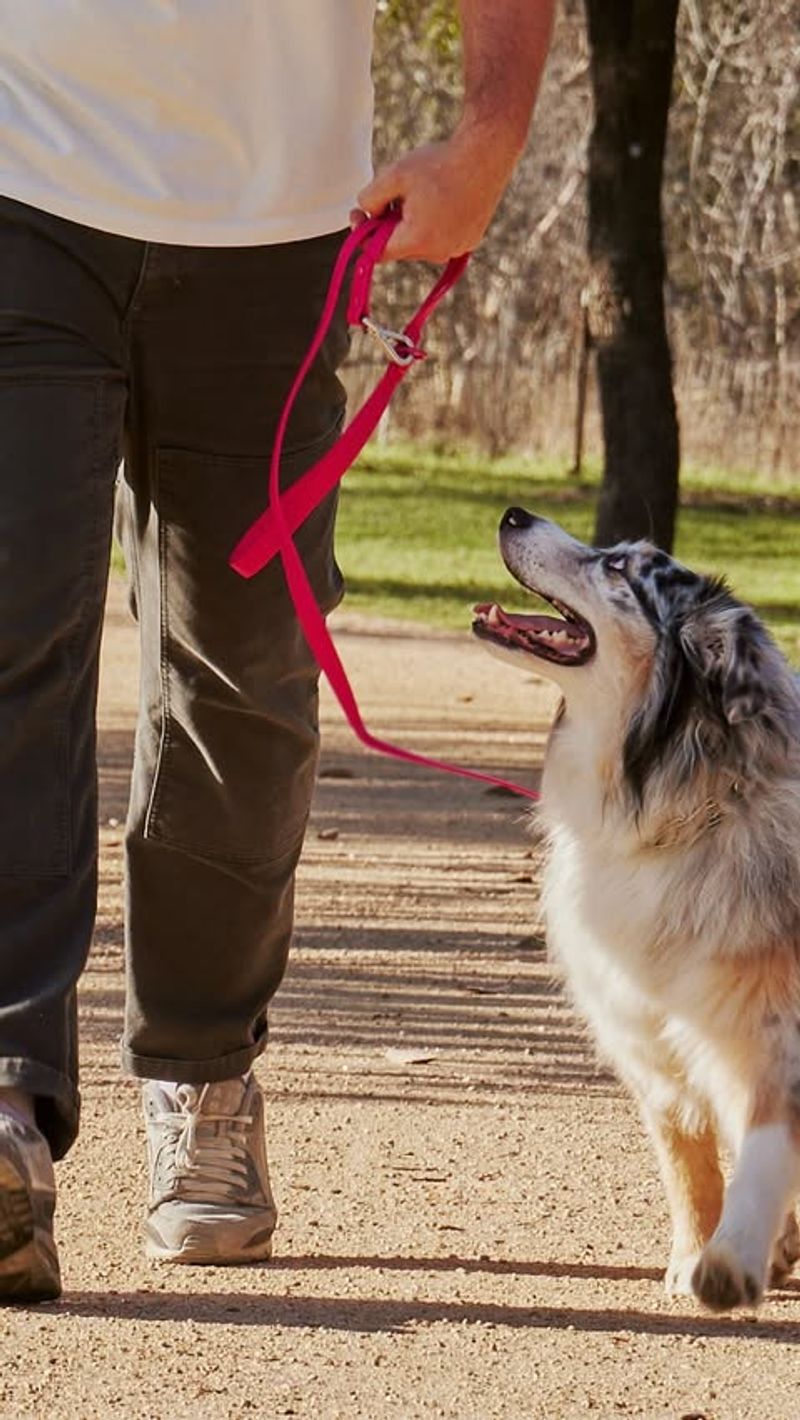Socializing dogs with their peers is essential to ensure they develop healthy relationships and behaviors. This guide provides practical and effective tips to assist dog owners in helping their furry friends interact positively with other dogs. From understanding body language to arranging playdates, each tip offers a unique approach to enhance your dog’s social skills in an engaging and enjoyable manner.
Understanding Canine Body Language
Knowing how to read canine body language is crucial in helping your dog socialize. Dogs communicate through their tails, ears, and overall posture. Recognizing these signals allows you to interpret how your dog feels when interacting with others.
For instance, a wagging tail doesn’t always indicate happiness; it can signify excitement or anxiety. Observing these signs helps you gauge when your dog is comfortable or needs your intervention.
By understanding these cues, you can guide your dog through interactions, fostering positive experiences and improving their social behavior over time.
Organizing Playdates
Arranging playdates is an excellent way to gradually introduce your dog to social environments. Start with one-on-one play sessions with a friendly canine.
Choose a neutral location where neither dog feels territorial. This helps prevent potential aggression and ensures a peaceful interaction.
Allow the dogs to set their pace, and intervene if play becomes too rough. Regular playdates promote social skills, build confidence, and allow your dog to form friendships. This structured approach makes socializing a positive and enjoyable experience for your pet.
Visiting Dog Parks
Dog parks offer a vibrant environment where dogs can meet and play with others. To ensure a positive experience, visit during off-peak hours initially.
Observe the park’s dynamics before letting your dog join in. This helps you assess compatibility with other dogs present. Always supervise your dog, being ready to intervene if necessary.
Dog parks provide a rich opportunity for socialization, but remember to respect other dogs’ spaces and monitor your dog’s behavior closely to ensure a fun and safe outing.
Positive Reinforcement
Using positive reinforcement encourages your dog to socialize willingly. Rewarding good behavior with treats or praise strengthens the bond and builds trust.
When your dog interacts calmly and playfully with others, offer a treat or verbal affirmation. This reinforces that socializing is a positive experience.
Consistency is key; be sure to reward every successful encounter. This method not only boosts your dog’s confidence but also instills a sense of accomplishment, making future interactions more enjoyable and less stressful.
Training Classes
Enrolling your dog in training classes introduces them to a structured social setting. These classes teach obedience and social skills simultaneously.
Dogs learn alongside others, which can enhance their ability to interact positively. Instructors provide valuable insights into managing different dog behaviors.
Training classes offer a controlled environment where your dog can practice meeting new friends under professional guidance, helping them adapt to social situations with ease.
Leash Walks with Friends
Leash walks with another dog allow controlled social interaction. Start by walking parallel with a comfortable distance, gradually decreasing space as dogs become familiar.
This method helps dogs adjust to each other’s presence without direct contact, reducing stress and potential conflicts.
Over time, they may show interest in closer interaction. Walking together fosters companionship and allows dogs to associate positive feelings with another dog’s presence, making future meetings more relaxed.
Attending Dog-Friendly Events
Dog-friendly events offer a fantastic opportunity for dogs to socialize in a lively atmosphere. These events are designed with canines in mind, providing various activities and play areas.
Introduce your dog gradually, allowing them to absorb the surroundings. Keep interactions short and positive, ensuring they don’t become overwhelmed.
Such gatherings give your dog a chance to meet new friends and learn to navigate social environments confidently, enhancing their social skills in a fun and dynamic way.
Using Socialization Toys
Interactive toys can be a useful tool for socializing dogs. These toys encourage sharing and cooperative play, which helps build social bonds.
Introduce a toy during playdates to see how dogs interact with it together. This can promote teamwork and reduce rivalry over resources.
Such play not only entertains but also strengthens relationships between dogs, making socializing a more enjoyable and rewarding experience for them.
Slow and Steady Introductions
When introducing your dog to a new friend, patience is key. Start with brief, controlled meetings in a neutral space.
Allow the dogs to observe each other from a distance, gradually bringing them closer if they show interest.
This method minimizes stress and helps prevent aggressive reactions. Over time, as they grow comfortable, these introductions can lead to lasting friendships, fostering a harmonious social environment for your dog.
Utilizing Professional Dog Walkers
Professional dog walkers can facilitate socialization by exposing your dog to a variety of dogs during group walks.
These experts manage interactions with experience, ensuring that each dog is comfortable within the group. Regular walks with a diverse pack can improve your dog’s social skills and confidence.
By trusting professionals, your dog benefits from structured social opportunities in a safe and controlled manner, enhancing their ability to interact positively with others.
Behavioral Cues Training
Teaching your dog behavioral cues helps manage their interactions with others. Commands like ‘sit’, ‘stay’, and ‘leave it’ become essential tools.
These cues provide structure and control when socializing, helping divert your dog’s attention when needed.
Consistent practice ensures that your dog understands and responds to commands, making social encounters more manageable and enjoyable for both of you.
Understanding Dog Breeds
Each dog breed has distinct social characteristics. Understanding these can help tailor your socialization approach.
Some breeds may be more social, while others might be reserved or territorial. Recognizing these traits allows you to predict how your dog might interact and choose suitable companions.
This knowledge empowers you to create enjoyable social experiences that match your dog’s personality and preferences.
Join Dog Clubs
Dog clubs offer a sense of community where dogs and their owners can socialize. These clubs host regular meet-ups, providing structured environments for interactions.
Participating in club activities helps your dog meet peers and engage in group experiences. This can significantly improve their social skills and confidence.
Joining a dog club not only benefits your dog but also connects you with fellow dog enthusiasts, enriching your social network.
Exploring New Environments
Taking your dog to new environments broadens their social experiences. Different settings present unique challenges and opportunities for interaction.
Encourage exploration while ensuring your dog feels secure. This builds adaptability and confidence in varied social settings.
New places often mean new friends, so these adventures are fantastic for expanding your dog’s social circle and enhancing their ability to socialize comfortably.
Monitoring Play Behavior
Keeping an eye on your dog’s play behavior ensures safe socialization. Understanding what’s normal play versus aggression is key.
Watch for signs like growling or snapping, which may indicate discomfort. Intervene if necessary to prevent negative encounters.
By monitoring closely, you ensure each interaction is positive, reinforcing good behavior and preventing potential issues, leading to happier social experiences for your dog.
Using Calming Techniques
Calming techniques can help prepare your dog for social interactions. Methods like gentle petting or slow breathing exercises reduce anxiety.
Before meeting new dogs, practice these techniques to ensure your dog is relaxed. This state of calmness aids in positive interactions.
The more your dog associates calm feelings with social settings, the more likely they are to enjoy and engage in them positively.
Regular Vet Visits
Routine vet visits are crucial for ensuring your dog’s health before socializing. A healthy dog is more likely to interact positively with others.
Vets can also offer advice on vaccinations that prevent the spread of diseases during social encounters. Ensuring your dog’s health protects the well-being of all dogs involved.
These visits provide peace of mind, allowing you to focus on socialization without health concerns.
Tailoring Socialization to Age
Socialization needs can vary with age. Puppies may require more gentle and gradual introductions, while older dogs might need patience and understanding.
Recognizing these differences helps tailor the social experiences to suit your dog’s stage of life.
This ensures that each interaction is age-appropriate, enhancing confidence and making socialization a rewarding experience for all dogs involved.
Setting Realistic Expectations
Understanding that every dog is unique helps set realistic socialization expectations. Some may take longer to warm up to others.
Celebrate small victories and progress, rather than rushing the process. This patience fosters a positive environment for learning and growth.
By setting achievable goals, you ensure that socialization remains a positive experience, building confidence and strengthening bonds without undue stress.
Creating a Safe Space
Providing a safe space at home where your dog can retreat after social activities is vital.
This haven allows them to unwind and process interactions comfortably, reducing anxiety and stress.
A secure home environment complements outdoor socialization efforts, ensuring your dog feels balanced and supported throughout their social journey.
Listening to Your Dog
Paying attention to your dog’s signals is essential for successful socialization.
Not every interaction will be perfect, but understanding when to step in or give your dog space is crucial.
By listening and responding to their needs, you create a trusting relationship, ensuring that socialization remains a positive and enjoyable experience for your furry friend.
